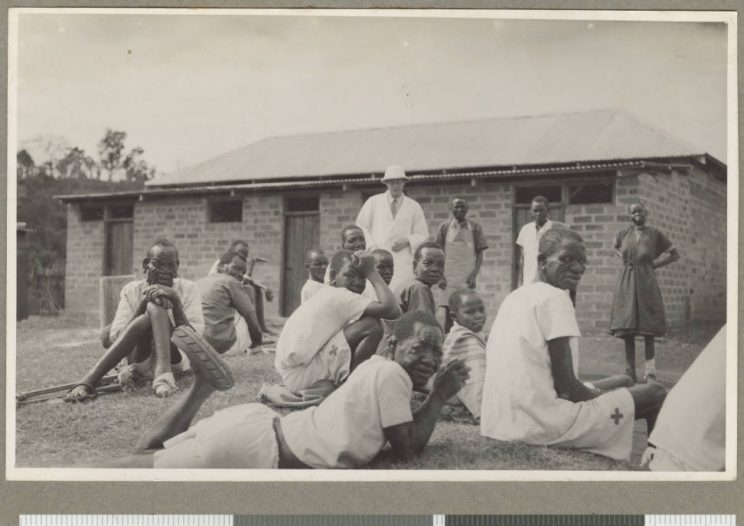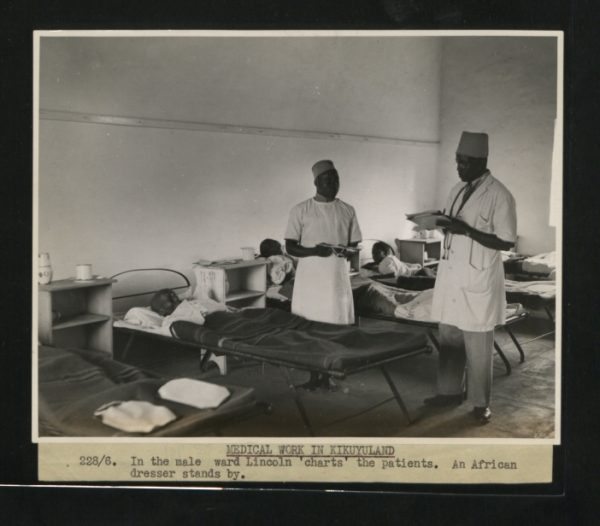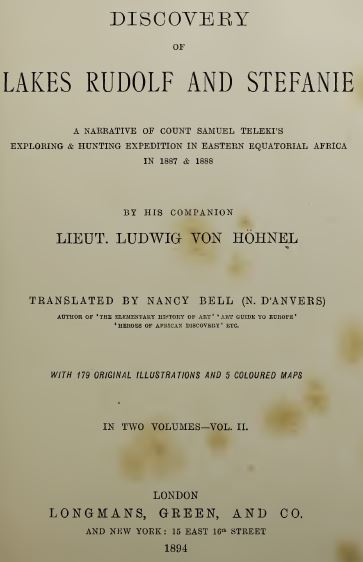Lake Turkana is found in the north of Kenya and extends to the south of Ethiopia. How the lake ended up being shared between these two countries is the story of who held power in the early twentieth century.
Lake Turkana is the largest desert lake in the world. It is located in the spectacular geological rift in Africa known as the Great Rift Valley.
It is 250 km long and 15-30 km wide and has an average surface area of nearly 6750 km2. It has a maximum depth of almost 110 meters and an average of 30 meters. There is more on waters of this lake in my other post here.
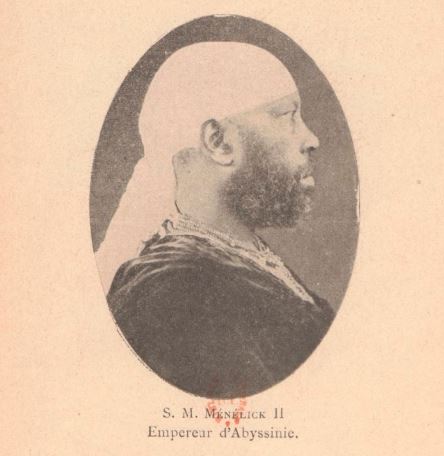
In the early twentieth century, Kenya, then a part of the British East Africa, was governed by the British. Ethiopia, known as Abyssnia in that time, was self-ruled by Menelik II.
Menelik II, the emperor of Abyssinia, ascended to the throne in 1889. He was a master at protecting his territory, which was surrounded by lands governed by the British, the French and the Italians.
Guns in Ethiopia, an article by Richard Pankhurst published in 1965, details the preparedness of Menelik II for war with the Italians who had their eye on the land of Abyssinia. Menelik II acquired arms from whomever would sell them or gift them to him. On page 32, Richard Pankhurst writes:
The result of a decade and a half of systematic arms purchase and acquisitions was that Menelik was, as we have seen, by no means badly prepared for the final struggle against the Italians; he could in fact bring into play greater fire-power and several times as many rifles as the invaders who were reluctant to despatch large numbers of men on a purely colonial venture.
In 1896, Menelik II’s Abyssinia’s army defeated the Italian forces in the Battle of Adowa, the first Italo-Abyssinia war. The Italians’ losses and Abyssinia’s increased strength after the battle, are, again, documented in Richard’s article on page 32:
The invaders’ losses were remarkably high. Official Italian figures record 261 European officers, 2,918 non commissioned officers and men, and about 2,000 Askaris were killed, and that a further 954 Italian soldiers were permanently missing and must therefore be presumed killed.
All the artillery with which the Italians had planned to conquer an empire also fell into Menelik hands.
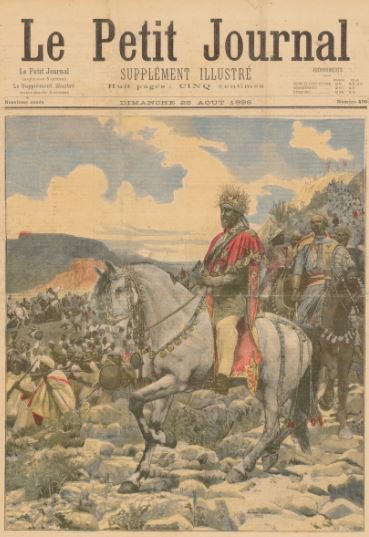
After the Battle of Adowa, Menelik II needed assurance from the colonialists that his territory was secure. Menelik II negotiated the 1907 Treaty between the self-governed Abyssinian government and Britain, which governed the British East Africa. This treaty reaffirmed the extent of Abyssinia, explicitly stating how the border-line cut across Lake Turkana, a division that stands till today.
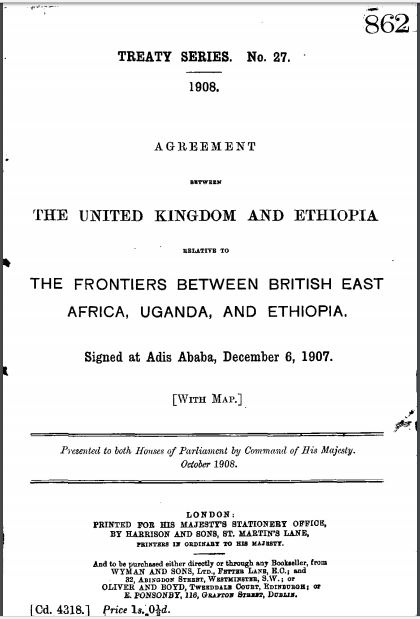

Even after the 1907 treaty, Menelik II saw off several attempts by the Europeans who wanted to dispose him and acquire his territory. Menelik II died in 1913. Abyssinia’s sovereignty was maintained until 1935, when Mussolini’s Italian army won the second Italo-Abyssinia war.
Menelik II was a formidable leader and skilled negotiator. Part of his legacy is the border between present day Kenya and Ethiopia and a shared Lake Turkana.
